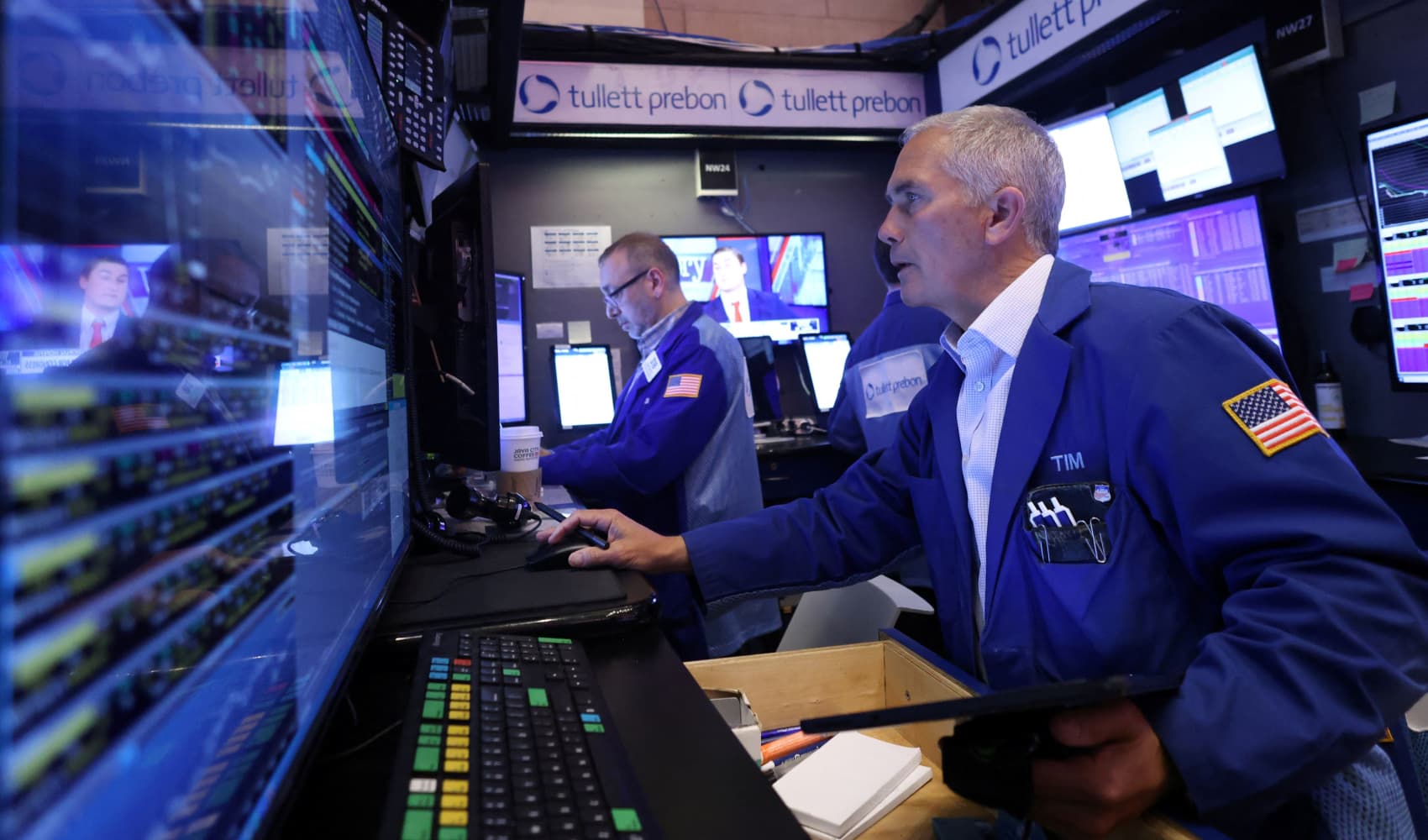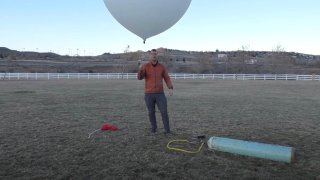
- On Tuesday, Make Sunsets announced it had completed three balloon launches near Reno, Nevada, containing sulfur dioxide, part of a test to inject the aerosol into the atmosphere to temporarily mitigate global warming.
- The solar geoengineering startup had to cease operations in Mexico after the government there cracked down on the idea of using chemicals to reflect sunlight away from the surface of the Earth.
- Injecting sulfur dioxide into the atmosphere could damage the ozone layer, cause respiratory illness and create acid rain.
The solar geoengineering startup that had to cease operations in Mexico after the government cracked down on the idea of putting chemicals into the atmosphere to reflect sunlight away from the Earth has reemerged to launch balloons in Nevada.
On Tuesday, Make Sunsets announced it had completed three balloon launches near Reno, Nevada, each of which contained less than 10 grams of sulfur dioxide, which is the most commonly sited aerosol particle discussed in conversations about solar geoengineering. Two of the balloons launched also had location trackers, and one had a camera, too.
The idea of solar geoengineering has been around for decades and generally refers to spraying aerosol particles into the upper atmosphere in order to reflect the sun's rays away from earth and back to space, cooling the earth and temporarily mitigating the effects of climate change.
Get Connecticut local news, weather forecasts and entertainment stories to your inbox. Sign up for NBC Connecticut newsletters.
Essentially, solar geoengineering is mimicking what happens when a volcano erupts, and it's known to work. When Mount Pinatubo in the Philippines released thousands of tons of sulfur dioxide into the stratosphere in the 1991 eruption, the global temperature of the earth was lowered on average by about 1 degree Fahrenheit, according to the U.S. Geological Survey.
Solar geoengineering is not a solution to climate change, and nobody who studies it rigorously suggests it should be. It's a temporary stopgap measure.
In addition, while releasing sulfur dioxide particles will cool the earth quickly and relatively inexpensively, it's also dangerous. Injecting sulfur dioxide into the atmosphere could damage the ozone layer, cause respiratory illness and create acid rain.
Money Report
But as the effects of climate change become more obvious, people are beginning to take the idea more seriously.
The White House is coordinating a five-year research plan into solar geoengineering, the quadrennial U.N.-backed Montreal Protocol assessment report included an entire chapter addressing stratospheric aerosol injection (more colloquially called solar geoengineering), and Dustin Moskovitz, a co-founder of Facebook, is funding solar geoengineering research via his philanthropic organization, Open Philanthropy.
While momentum is building, there isn't any international governance rules about how to study and potentially regulate the idea.
Luke Iseman, a serial inventor and the former director of hardware at Y Combinator, launched Make Sunsets in October in an effort to push that envelope. San Mateo-headquartered venture capital firm BoostVC invested $500,000 in the startup and Iseman brought in a co-founder, Andrew Song.
The launches in Nevada earlier in February occurred at the Rancho San Rafael Regional Park in Reno, where an annual hot-air balloon festival takes place, Iseman told CNBC.
They chose Nevada "because it's in the U.S., we're very confident we know and followed all applicable rules, know the terrain well from past adventures, and we didn't want to interfere with a friend's efforts to get a marine cloud brightening project permitted in California," Iseman told CNBC.
The Nevada launch was previously detailed by Time reporters, who were there. It was a shoe-string MacGyver-ed event orchestrated out of a hotel room, with a grill and weather balloon equipment. But, as evidenced by the images embedded below, shared with CNBC by Make Sunsets, the balloons lifted off.
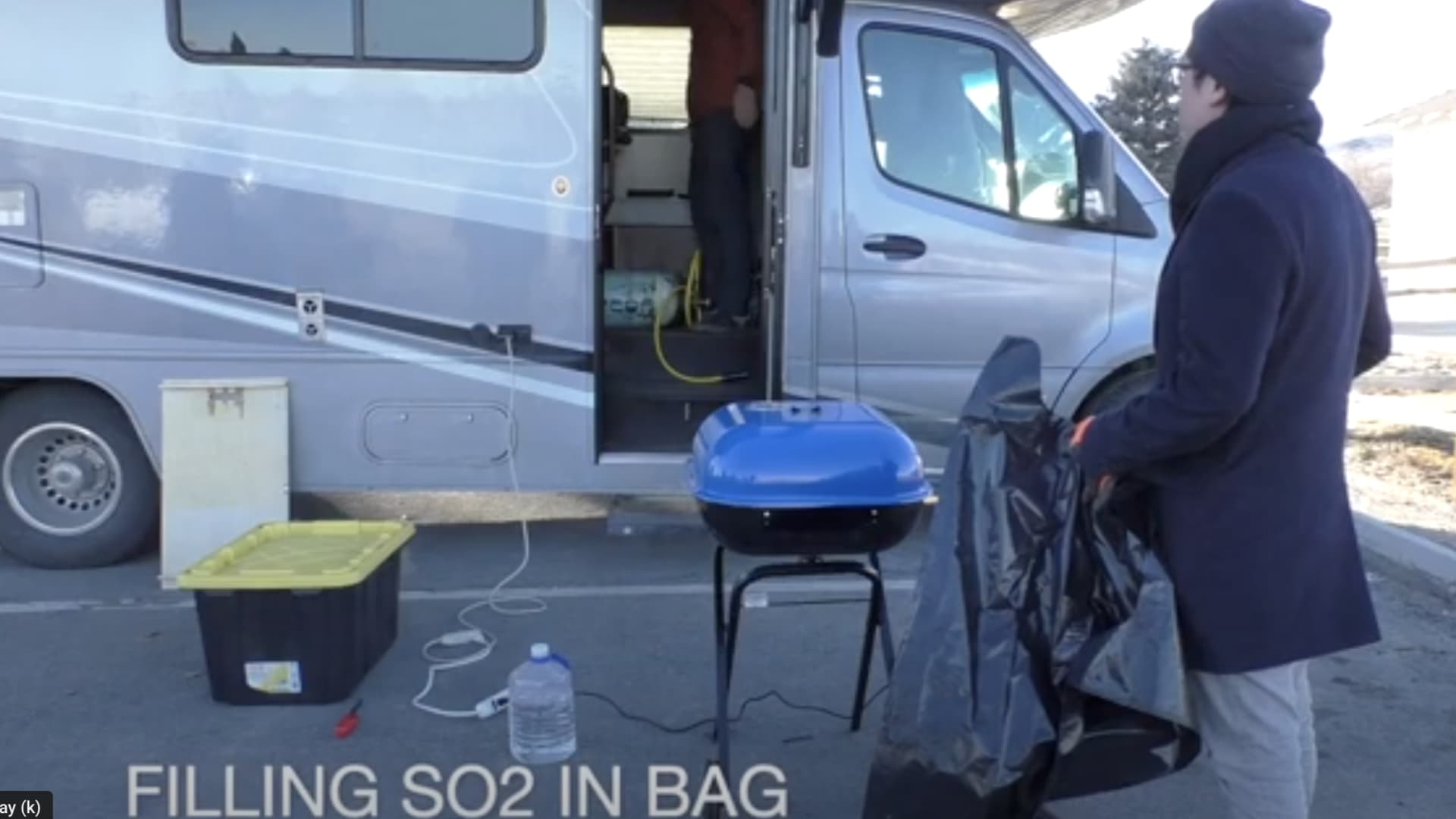



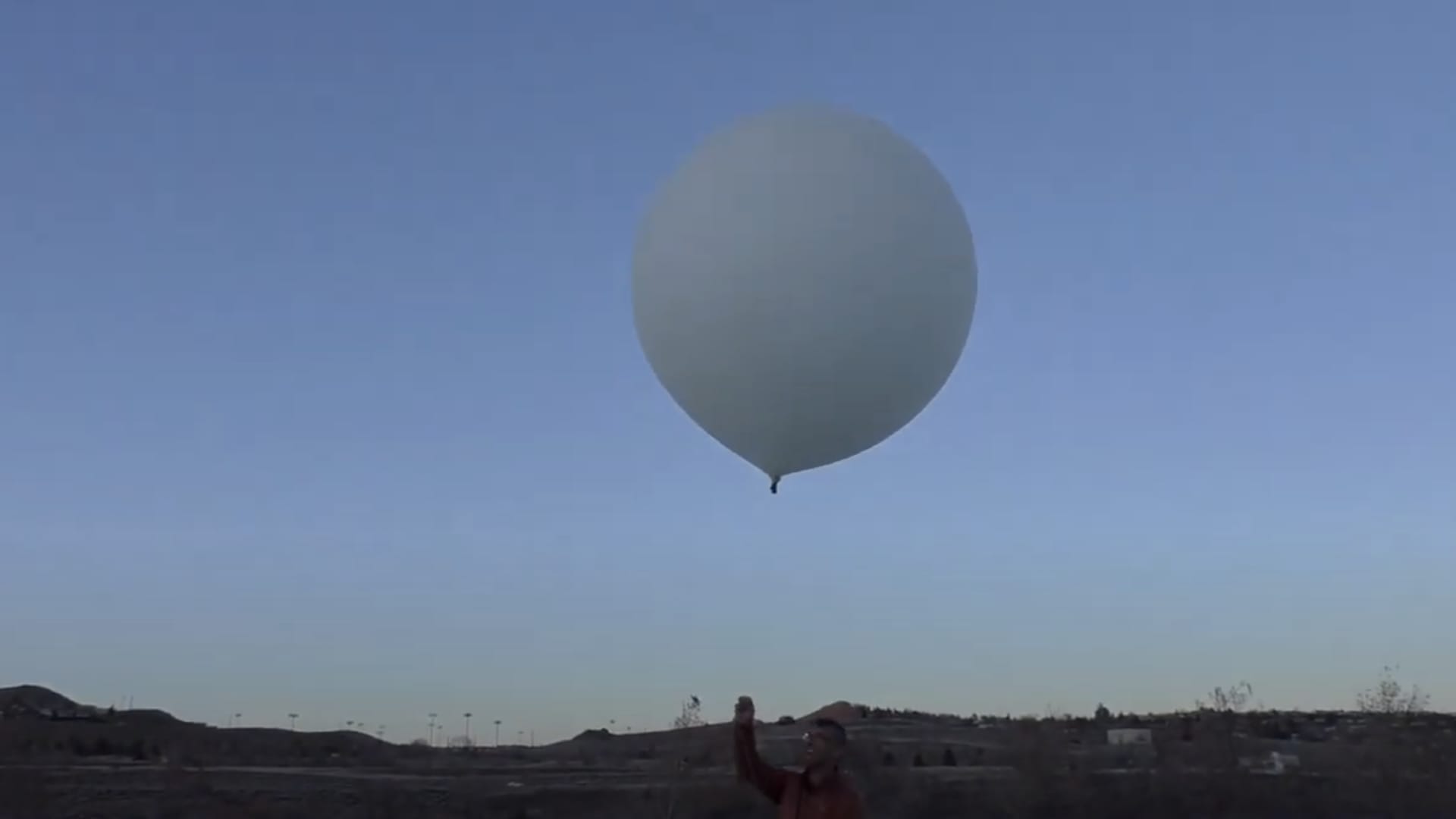
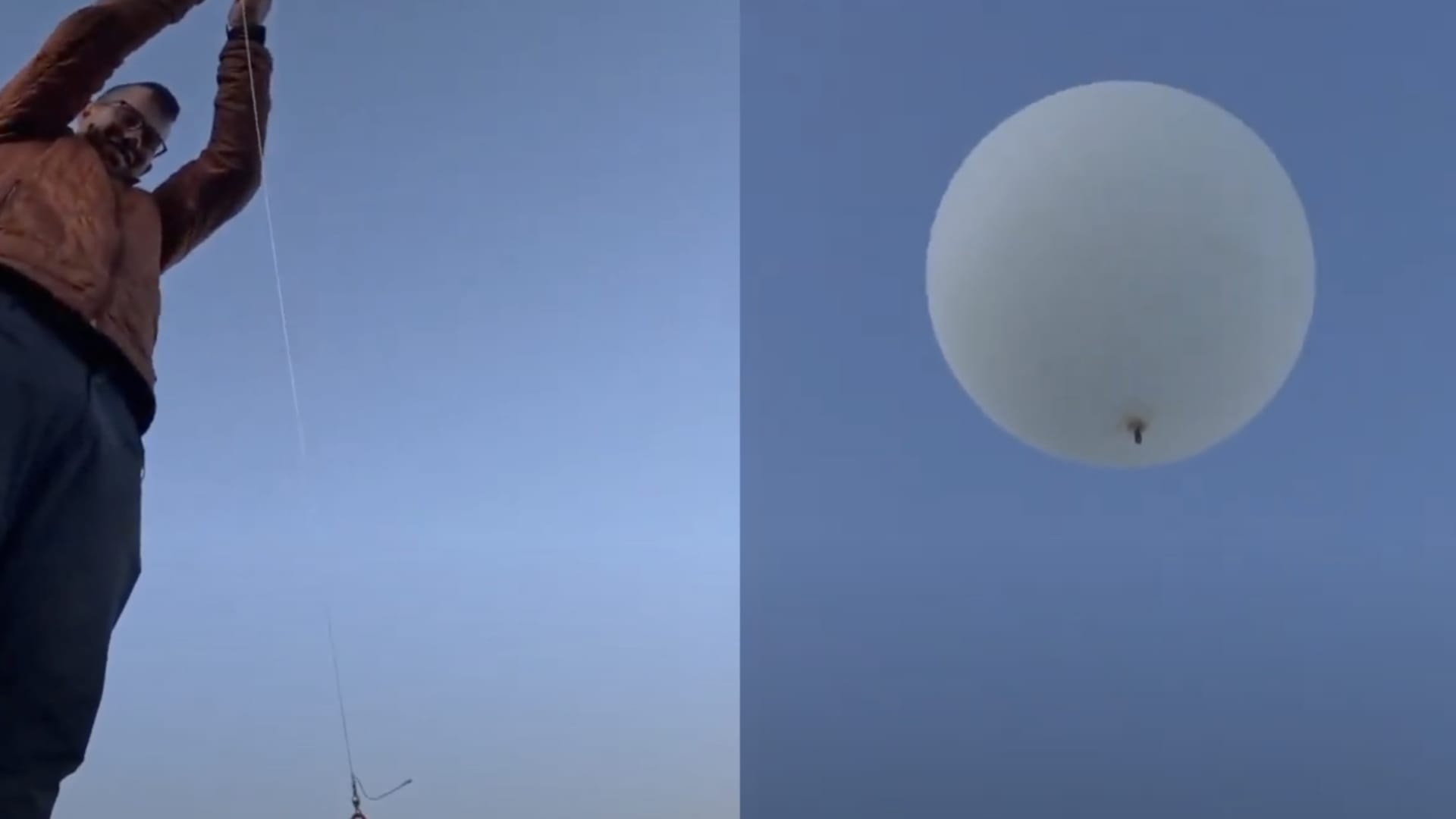
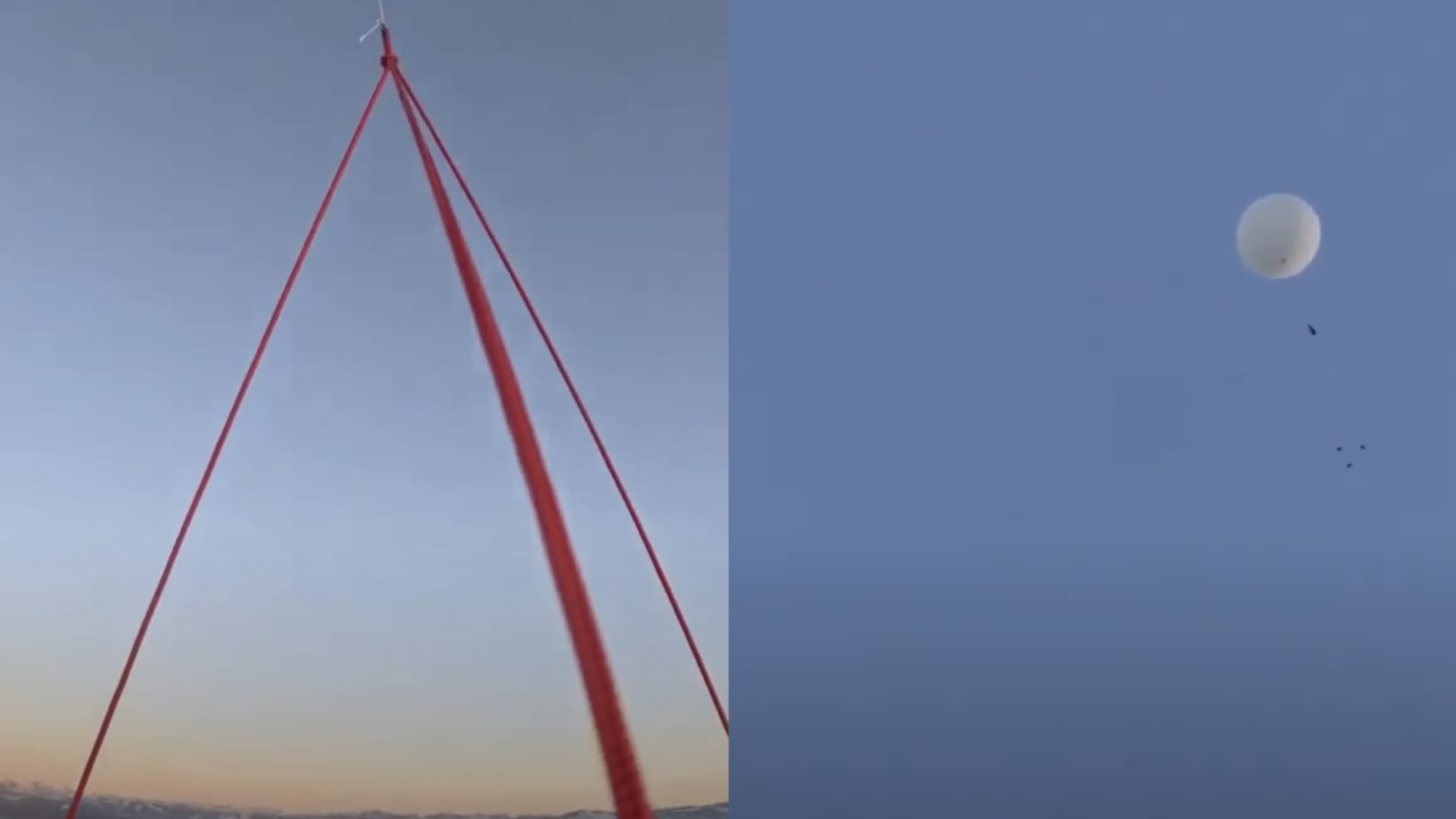
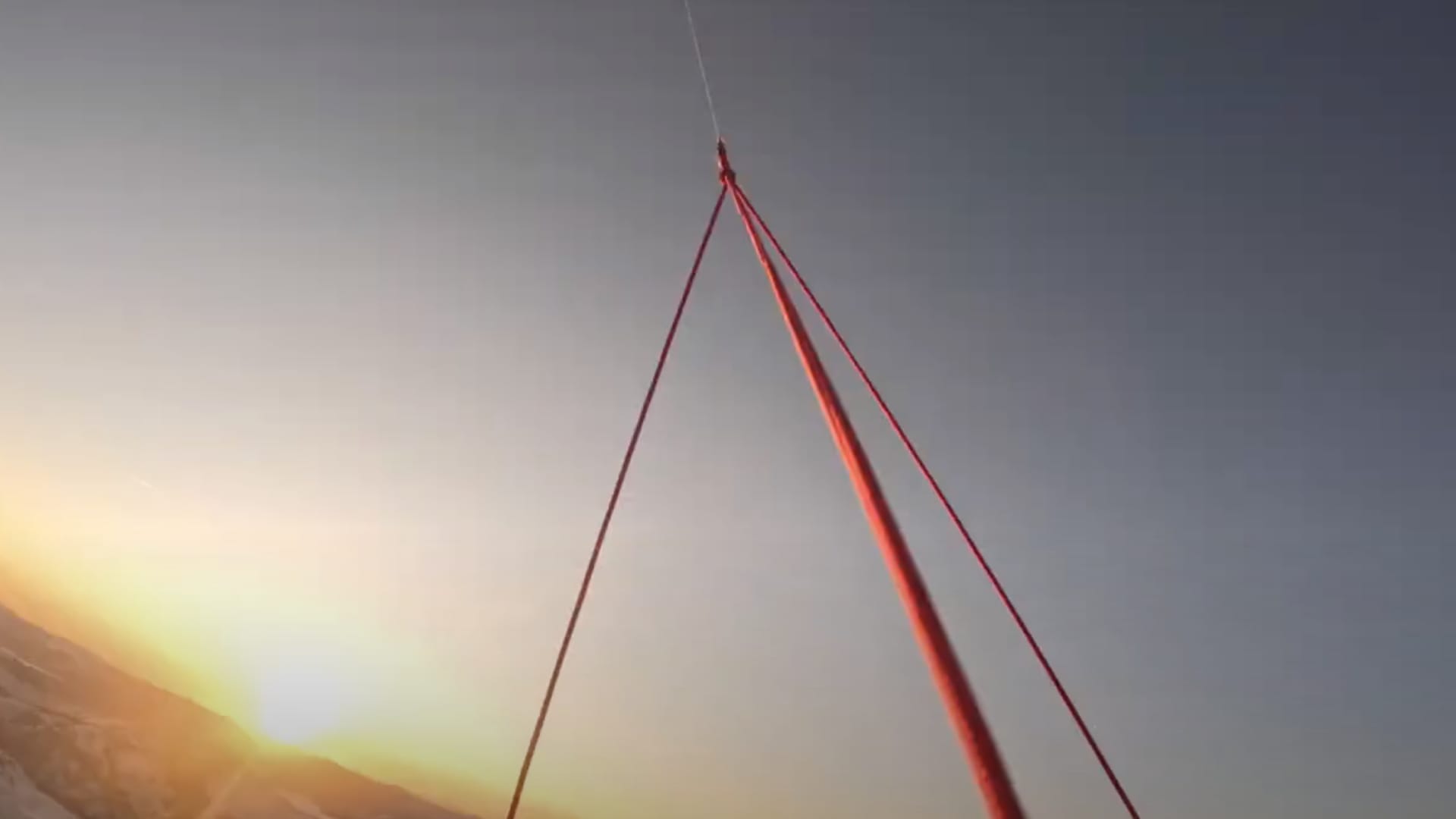
Iseman has both idealistic and practical goals.
"Most importantly: We need to cool earth to save millions of lives, hundreds of thousands of species, and buy the time we need to decarbonize," Iseman told CNBC.
To make the business sustainable, Make Sunsets is selling cooling credits, which gives companies and individuals a way to offset the effects of their carbon emissions. But the startup has yet to deliver.
"We have 2,790 cooling credits ordered by 58 paying customers that we haven't yet delivered," Iseman told CNBC. "On one hand, we're working hard on a controversial project to cool earth. On the other, we're a startup with the same basic challenge as any other: get customers to pay more for what we're selling than it costs to make it."
Make Sunsets said it made the FAA aware that it was releasing a balloon.
The FAA provided the following statement: "The FAA has comprehensive regulations for safely operating unmanned free balloons. Among other things, the regulations require the balloon to be equipped so it can be tracked by radar, and the operator to notify the FAA prior to and at the time of launch, monitor and record the balloon's course, make position reports to the FAA as requested, and notify the FAA when the balloon begins its descent and its expected trajectory."
Correction: A previous version of this story misstated what the balloons contained. All three of them had sulfur dioxide.


